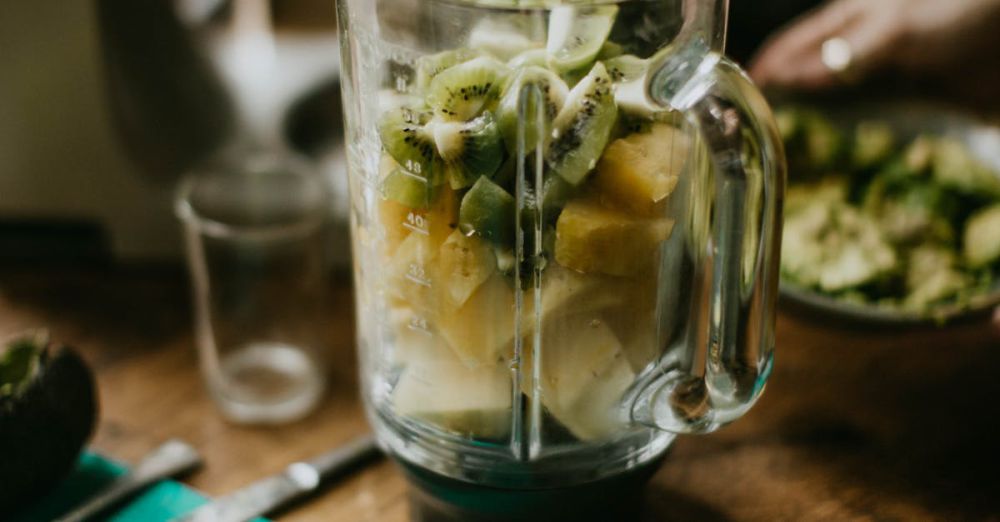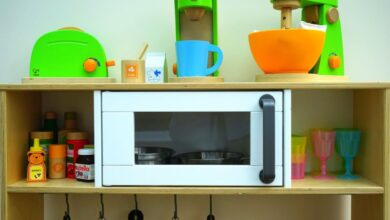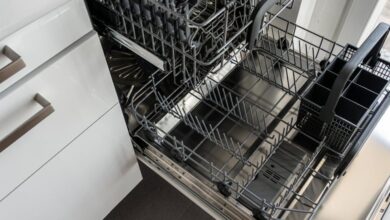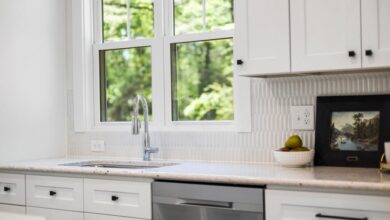How to Choose the Best Kitchen Blender
A kitchen blender is an essential appliance for anyone who enjoys cooking or preparing healthy meals at home. With a multitude of options available, selecting the right blender can be overwhelming. Understanding your needs and the features of various models will help you make an informed decision. Here are some key factors to consider when choosing the best kitchen blender for your culinary adventures.
Power and Performance
One of the most critical aspects of a blender is its power, typically measured in watts. A higher wattage means the blender can handle tougher ingredients like ice, frozen fruits, and fibrous vegetables more efficiently. For smoothies and purees, a blender with at least 600 watts is advisable. If you plan to tackle tougher tasks like crushing ice or making nut butter, consider models with 1,000 watts or more. Look for blenders that offer variable speed settings or a pulse function for enhanced control over your blending tasks.
Blender Type
There are several types of blenders, each designed for specific purposes. Traditional countertop blenders are versatile and can handle a variety of tasks, from smoothies to soups. Immersion blenders, also known as stick blenders, are perfect for pureeing soups directly in the pot. Personal blenders are compact and ideal for single-serving smoothies, making them great for those with limited kitchen space. High-performance or professional blenders are designed for serious culinary enthusiasts and can blend almost anything with precision. Assess your cooking style to determine which type suits your needs best.
Jar Material and Capacity
The jar or container of the blender plays a significant role in its usability and durability. Blenders typically come with either glass or plastic containers. Glass jars are more resistant to stains and scratches, while plastic jars are lighter and less likely to break. However, make sure that any plastic used is BPA-free to avoid harmful chemicals.
Capacity is another consideration. A larger jar is ideal for families or meal prep, while a smaller jar is perfect for individuals or couples. Standard sizes range from 32 ounces to 64 ounces. Choose one that fits your typical batch sizes, keeping in mind that blending smaller quantities in a larger jar may not yield the best results.
Blade Design
The design and material of the blender blades can significantly affect performance. Stainless steel blades are durable and effective at blending various ingredients. Look for blenders with sharp, multi-directional blades that ensure even blending. Some models offer removable blades for easier cleaning, while others have built-in blade assemblies that simplify the blending process. Consider your cleaning preferences when choosing a blender.
Ease of Use and Cleaning
A user-friendly design can make a significant difference in your blending experience. Look for blenders with intuitive controls, such as easy-to-read buttons or dials, which enhance usability. Some models feature pre-programmed settings for specific tasks, like smoothies or soups, simplifying the blending process.
Cleaning can often be a chore, so a blender that is easy to disassemble and clean is a huge plus. Many blenders are dishwasher safe, while others can be cleaned effortlessly with a simple blend of soap and water. Consider how much time you want to spend maintaining your blender when making your choice.
Budget Considerations
Blenders come in a wide range of prices, from budget-friendly options to high-end models. Determine your budget beforehand, but remember that investing in a quality blender can pay off in the long run. Cheaper models may not deliver the performance or durability you need, while premium blenders often provide features and longevity that justify the cost. Research and read reviews to find the best value for your investment.
Final Thoughts
Choosing the best kitchen blender involves more than just picking the most expensive model or the one with the prettiest design. By evaluating your specific needs, considering power, size, and ease of cleaning, you can find a blender that fits seamlessly into your kitchen routine. With the right blender, you’ll be well-equipped to whip up delicious smoothies, soups, sauces, and more, elevating your culinary creations to new heights. Happy blending!







